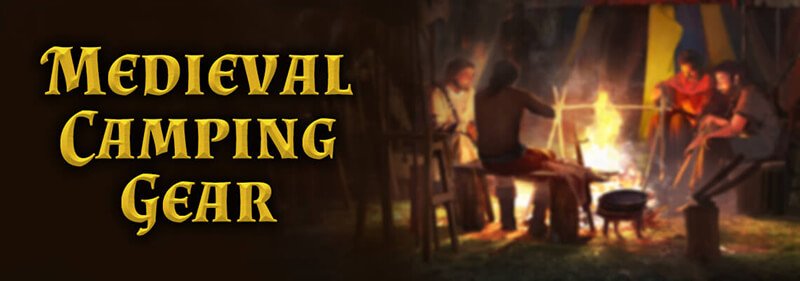 |
The First War of Scottish Independence
|
| The month of August marks the death of William Wallace, the medieval Scottish freedom fighter against the invading English. Oft-mythologized in epic poem, novel, and film, what is the real story behind William Wallace and the Wars of Scottish Independence?
The year was 1296, and Edward I of England had Scotland in his hands, calling himself the Lord Paramount of Scotland while John Balliol was King of Scots in name alone, with fealty sworn to Edward I. Some of the nobles agreed with this, or rather, refused to contest it in order to keep the English lands they held, while others resisted Edward Is rule. To further cement his power in Scotland against secret plots by those who resented his demands, Edward I brought English forces along the border and prepared to invade.
|
| | | |
|
Guardian of Scotland
The English began their attack with the sacking of Berwick, quickly taking the country and quashing any small rebellions until William Wallace and Andrew de Moray stepped forth as leaders of the uprising. The tide began to turn at the Battle of Stirling Bridge with the first major Scottish victory. Strategic and resourceful, Wallace used the bridge itself to his advantage, its narrow structure helping the Scottish forces control the battle. Victory was achieved when the bridge collapsed under the weight of the English soldiers, though Moray was wounded in the fight and died shortly. This left William Wallace as the major leader in the rebellion, and because of his successful leadership, Wallace was appointed Guardian of Scotland and knighted in 1298. He continued to lead Scottish forces on raids into northern England until the armies of Edward I defeated Wallace at the Battle of Falkirk. At this point, the life of William Wallace fades into the background of history, with little known about what he did or where he was until his return to Scotland in 1304.
|
|
 |
|
The Last Stronghold
While William Wallace was away, Guardianship of Scotland was transferred to John Comyn and Robert the Bruce, two nobles who both thought they had reasonable claim to the throne, as well as William de Lamberton, who was selected as a neutral mediator between the two. The English and Scottish continued to fight until Stirling Castle, the last major Scottish stronghold, fell to the English and John Comyn began negotiating Scottish surrender in 1304. William Wallace had then returned to Scotland and alone led the final skirmishes for freedom before he was ultimately captured by the English and tried for his crimes. In response to the list of charges, which included "homicide, plundering, fire-raisings, and diverse other felonies, including treason", William Wallace claimed that he "could not be a traitor to Edward, for [he] was never his subject." Wallace was thus hanged, drawn, and quartered, with his tarred head displayed on London Bridge as a warning to all others who would stand against English rule. |
|
| | | |
|
King of Scots
At this point, the fight for freedom seemed over for Scotland, with English rule all but certain. But the rivalry between the two Guardians had reached a breaking point. Robert the Bruce killed John Comyn in 1306, claiming himself to be the true king, and the rebellion was back on. Quickly driven out and marked as an outlaw, Robert the Bruce went into hiding before reemerging to secure Scottish independence with the overwhelming support of the Scottish people. After many battles, the death of Edward I, and the deposition of Edward II, Robert the Bruce finally established Scottish independence with the 1328 Treaty of Edinburgh-Northampton. That is, until his death four years later, which would start the struggle all over again. |
|
 |
|
| Help Box | Popular Categories | What's New | | | |